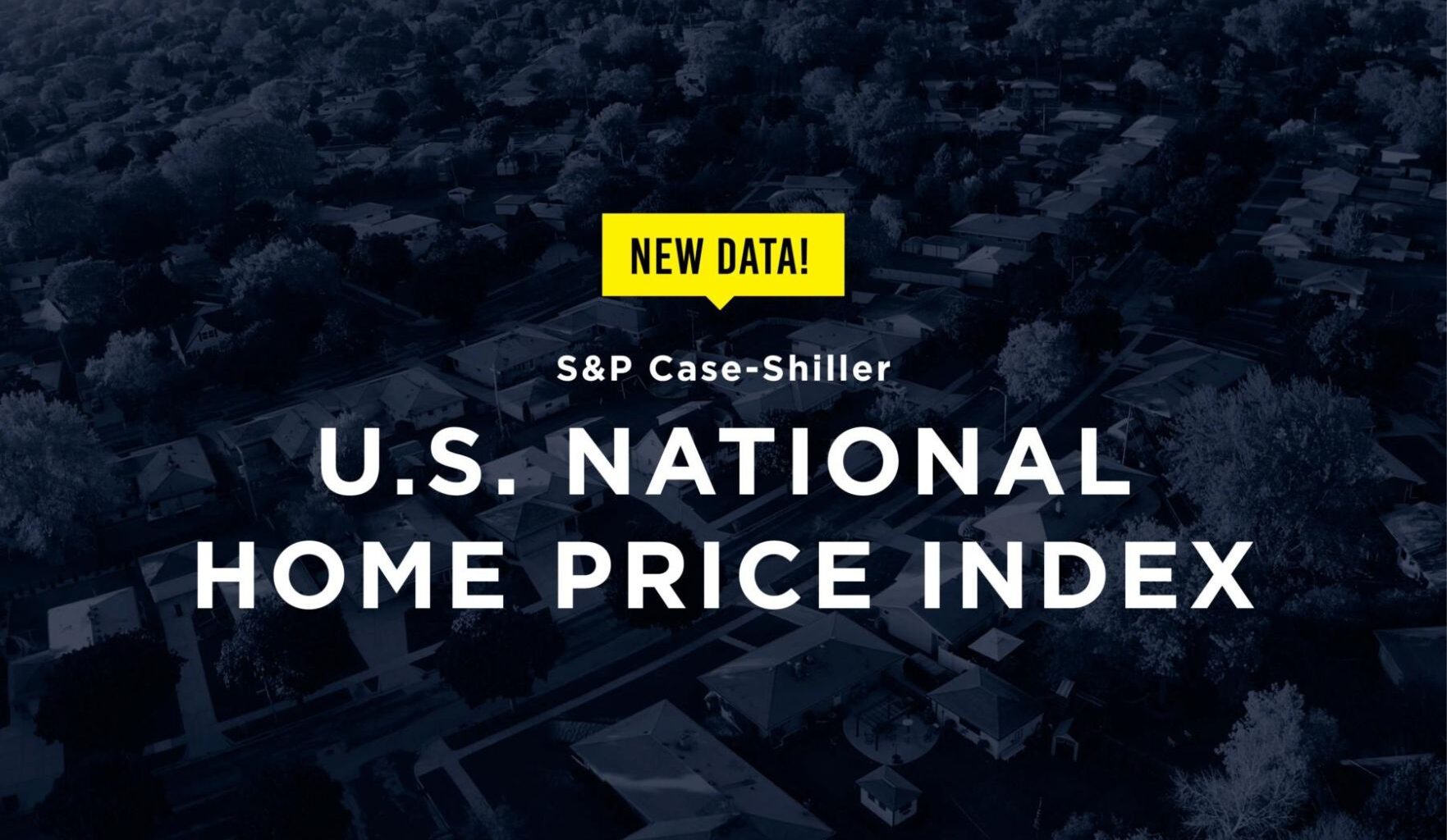While the pace of U.S. home-price growth lagged the rate of inflation for the third month in a row in July, Chicago was one of the nation’s top performers, reflecting a reversal of fortune from the pandemic years, when Midwest markets were overshadowed by the blistering run-up in home prices seen in the Sun Belt, S&P Dow Jones Indices said.
“Importantly, this rotation seems rooted in fundamentals: The markets now on top — like Chicago or Cleveland — tend to be more affordable and supported by steady local economies, whereas the ones stumbling — like San Francisco or Phoenix — are grappling with stretched affordability and the comedown from speculative fervor,” said Nicholas Godec, head of fixed income tradables and commodities at S&P Dow Jones.
The S&P Cotality Case-Shiller U.S. National Home Price Index rose just 1.7% year over year in July, down from the 1.9% annual gain measured in June and below the 2.7% rise in consumer prices. In fact, S&P Dow Jones noted, the 1.7% gain is one of the weakest annual increases in the last 10 years. Month over month, the index slid 0.2%.
“U.S. home values have essentially stagnated after inflation, marking the third straight month of real housing wealth decline for homeowners,” Godec said. “This reversal is striking: During the pandemic boom, home prices were climbing far faster than inflation, rapidly boosting homeowners’ real equity. Now, the situation has flipped — over the last year, owning a home yielded a modest nominal gain, but an inflation-adjusted loss.”
In Chicago, however, home appreciation remained healthy in July, with prices rising 6.23% year over year and 0.65% month over month. The annual gain is the second highest among the 20 cities tracked in the index, just behind New York, where prices rose 6.43% annually, and ahead of Cleveland, where they rose 4.46%.
The S&P Cotality Case-Shiller 10-city composite index rose 2.34% year over year, while the 20-city composite rose 1.84%. Month over month, the 10-city was down 0.31%, while the 20-city was down 0.29%.
Fifteen of the cities in the 20-city index saw month-over-month declines, S&P Dow Jones noted, underscoring the housing market’s “fragility.”
“Looking ahead, the housing market appears to be settling into a new, more measured equilibrium,” Godec said. “The era of 15-20% annual home-price jumps is behind us, and in its place, we’re seeing growth rates closer to overall inflation — or even a bit below it. While that means homeowners aren’t gaining wealth at the breakneck pace of the recent past, it also signals a potentially healthier trajectory for housing in the long run.”
